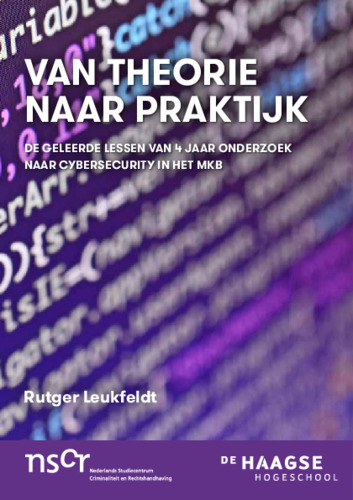Trends in Security Information
The HSD Trendmonitor is designed to provide access to relevant content on various subjects in the safety and security domain, to identify relevant developments and to connect knowledge and organisations. The safety and security domain encompasses a vast number of subjects. Four relevant taxonomies (type of threat or opportunity, victim, source of threat and domain of application) have been constructed in order to visualize all of these subjects. The taxonomies and related category descriptions have been carefully composed according to other taxonomies, European and international standards and our own expertise.
In order to identify safety and security related trends, relevant reports and HSD news articles are continuously scanned, analysed and classified by hand according to the four taxonomies. This results in a wide array of observations, which we call ‘Trend Snippets’. Multiple Trend Snippets combined can provide insights into safety and security trends. The size of the circles shows the relative weight of the topic, the filters can be used to further select the most relevant content for you. If you have an addition, question or remark, drop us a line at info@securitydelta.nl.
visible on larger screens only
Please expand your browser window.
Or enjoy this interactive application on your desktop or laptop.
Insider threats in Dutch SME's
The empirical study of the nature and extent of incidents in the Netherlands is conducted by means of a questionnaire survey. They further distinguish between different types of incidents: malicious, negligent and well-intentioned. In an initial publication, the researchers pursue three goals: to determine the prevalence and frequency of the different types of insider incidents reported in Dutch SMEs; to identify the most salient incidents to describe the consequences for the companies; and to determine how SMEs respond to such incidents.
To do this, researchers administered an online questionnaire to a panel of entrepreneurs with staff and employees in a managerial position within SMEs. In total, we have data from 496 respondents. The questionnaire addressed the extent to which organizations have armed themselves against such incidents,
whether they have experienced insider incidents, and what cybersecurity policies and procedures they have in place.
Preliminary results show that 7.1% of SMEs have experienced at least one insider incident in the past 12 months and at least 87 incidents were reported in the same period.
Insider incidents cause companies to have to invest additional time in resolving them or notifying affected customers. After an initial victimization, SMEs invest in new protection measures to limit the financial damage caused (which ranged from less than €500 to more than €100,000).
In terms of cyber security measures, it seems that the measures taken by SMEs are still minimal. In some cases, even very basic measures such as a strong password policy or the implementation of security controls on company devices are not implemented.


